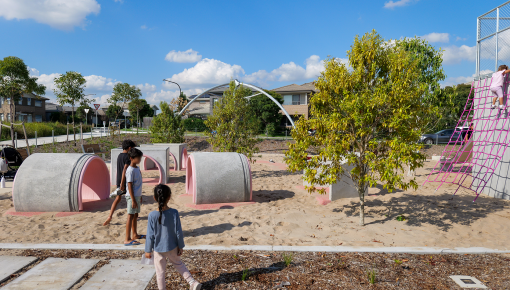Yazhou Bay - An Ecosystem in the World of Tomorrow News / New Project / Project New Photos / 02.08.2021
Yazhou Bay’s biocity framework details a new city of high technological and ecological value designed to attract the world’s top aquatic scientists and researchers to live, work and play in a sea-infused urban utopia.
Designed in collaboration with Tianjin Municipal Engineering Design and Research Institute, McGregor Coxall’s design features extensive environmental intervention to coastal, riverfront and canal systems in conjunction with a comprehensive urban and landscape design strategy that promotes proximity, wellbeing, and soft transportation.
Exposure to urban heat, extreme weather events such as typhoons, and an abundance of aquaculture farm basins have diminished the Ningyuan River delta’s natural form and ecology. Regional aquatic habitats including mangroves, wetlands, coastal forests, and coral reefs have also deteriorated, negatively impacting the region’s biodiversity.
Located 50km east of tropical Sanya (Hainan Province, China), a series of Blue-Green (Living) Infrastructure design principles will enhance Yazhou Bay’s ecological value and liveability, says McGregor Coxall’s Shenzhen Studio Landscape Discipline Lead, Crystal Cheng.
“The strength of the ecological system put in place will ensure the city’s own protection. Strong winds will be controlled by the revitalization and development of ecological beaches, composed of progressive layers leading to a palm forest that ensures the role of windbreak. Strong tides and episodes of submersion will be delayed by wetlands and flood-able areas created with ‘sponge city’ principles,” said Cheng.
Yazhou Bay’s blue grid utilises bioswales, wetlands, green roofs, and rain gardens to allow water to evaporate and cool the city by up to 6 degrees Celsius.
“Water is collected on permeable surfaces and roads where it is treated by various natural filtration systems before being discharged into lakes, wetlands, and the ocean – harbouring perfect conditions for individual ecosystems.
“Vegetation serves a purpose for city protection from beachfront winds, habitat enhancement, biodiversity, and aesthetic. Key sections (coastal, riparian, mangrove, street, urban park, and coral reef) present different vegetation and landscape settings, all with heavy connections to the water.”
A combination of landscaped areas and water allows residents to enjoy a healthy, diverse recreational and social programme.
“This unique living space will invite a very wide variety of activities and sports for all ages and abilities. Slow transportation activities, including cycling, rollerblading, and canoeing, will be widely supported with numerous public cultural and recreational spaces,” said Cheng.
An optimised urban design strategy unites the beachfront metropolis with key cultural nodes including Yazhou Historical Town, Historical Villages, Fishing Ports, and Nanshan Buddhism Scenic Area.
Yazhou Bay’s design is a contemporary reinterpretation inspired by local ancestral tradition of the Li people, whose deep spirituality considers nature as a living being and alter-ego to humanity.
Key Design Nodes
Cultural Avenue
The Cultural Avenue is an important axis that connects the Old City and all cultural and tourist points of interest of Yacheng to the new technological city. Inspired by the floating markets specific to the Tanka culture, the canal is inhabited by a series of submerged and exposed platforms – each providing context for specific aquatic programs including aquatic plant basins, waterfalls, eco-islands, urban decks, markets, and more. Elements reflect the local culture, reconciling the community with the environment through an interactive and living landscape. Contemporary architecture adopts heritage-inspired layouts and local materials.
Mangrove Forest
Gradually colonized mangroves take back space occupied by existing aquatic agriculture basins. Old basins will become marshes, wetlands, and biological reserves. Forest on the city’s edge provides a framework for an urban coastal park, providing ideal environments for flora and fauna to develop – doubling as a space for community recreation, including sports, camping and wildlife observation, and nature walks. This eco reserve presents a series of bird hides and discovery paths that allow the community to interact safely with nature.
Urban Canal
Located between diverse neighbourhoods, the urban canal is designed to collect and treat the city’s runoff before being discharged back into the river and sea. Canal banks are vegetated with endemic, riparian species to simplify management and attract a number of bird species. Small urban parks and sports fields provide recreational opportunity for people of all ages. Parks are animated with elements reflective of local culture, adopting structures and amenity including pedestrian bridges, discovery paths, kiosks, pavilions, and more.
Ecological River
The Ningyuan River is the backbone of the project, crossing the entire site and uniting different parts of the new city through an interconnected blue grid. Weaving an ecosystem into the city of tomorrow, the eco-districts feeding off the primary waterway attract researchers to considerably enhance the working and living environment. The river serves an essential purpose as an ecological buffer and biological reservoir, featuring submersible areas that mitigate flood risk.
Wild Beach
While Sanya is famous for its beaches and resorts, Yazhou Bay will be devoted to research and study – an ecological playground for top marine researchers and scientists. Drawing on experience with dune and beachfront ecosystems, our approach seeks to create a balanced and resilient environment. Beachfront vegetation plays a critical role in mitigating impacts of wind and extreme weather events such as typhoons, composed of diverse species headlined a strong line of palm trees.
OTHER NEWS
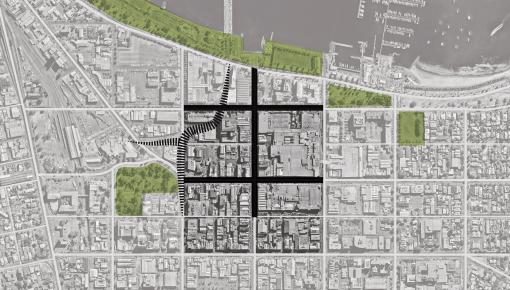
New Project
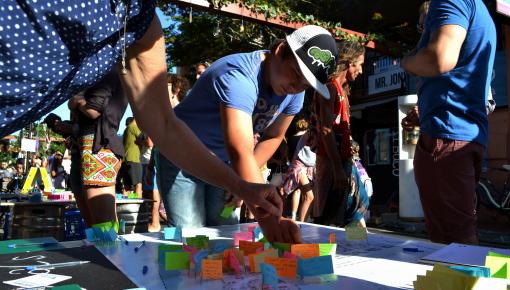
New Project
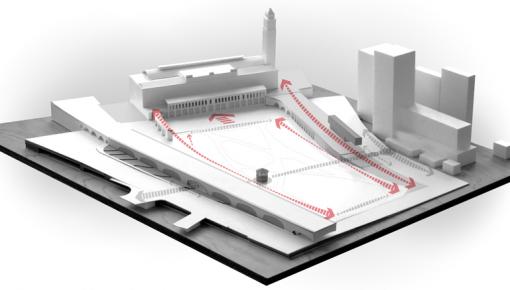
New Project
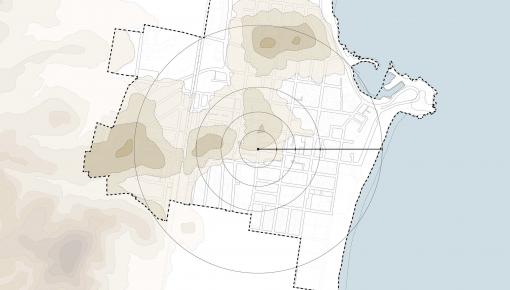
New Project
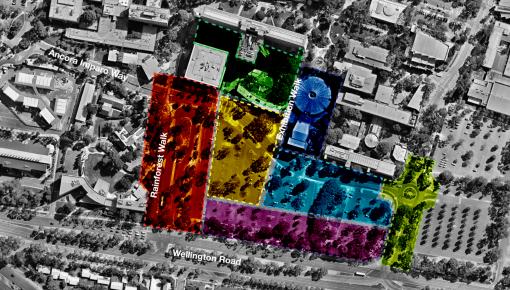
New Project
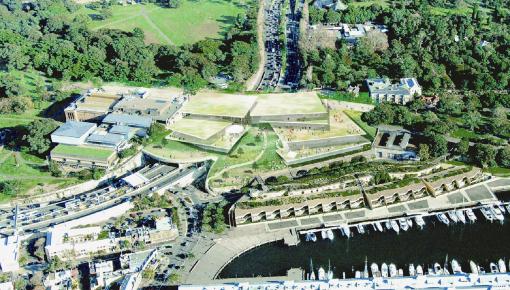
New Project
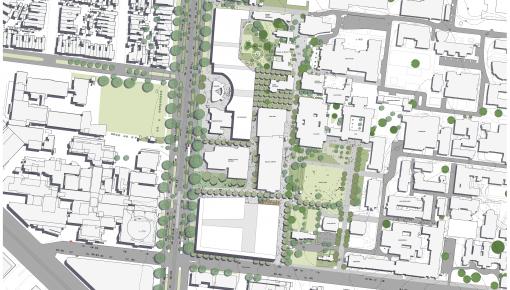
New Project
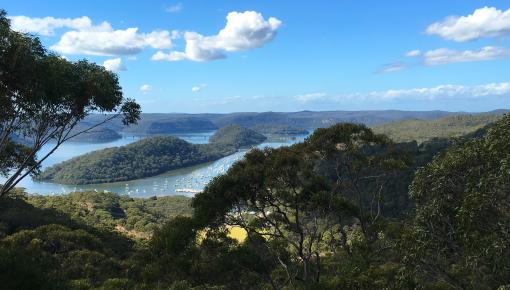
New Project
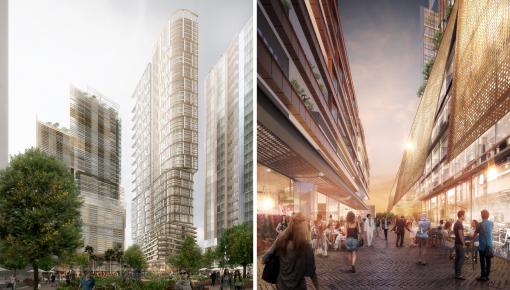
New Project
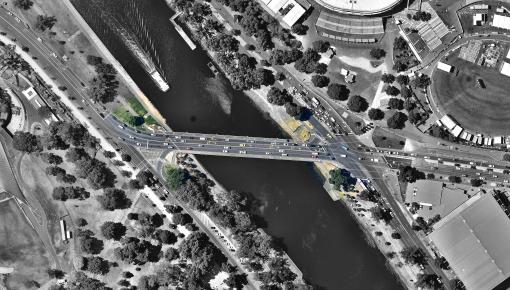
New Project
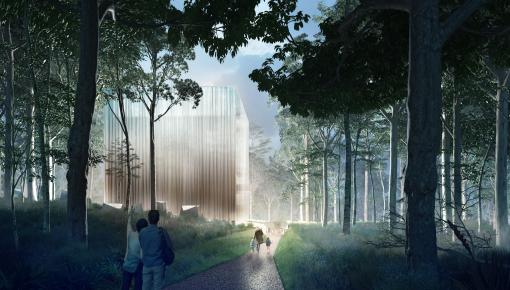
New Project
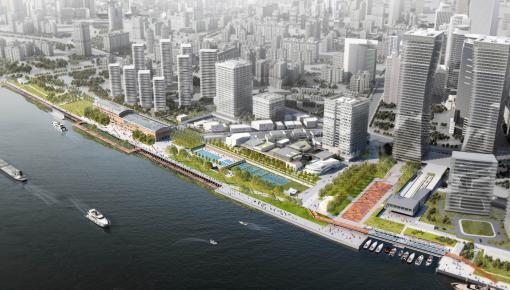
Project New Photos
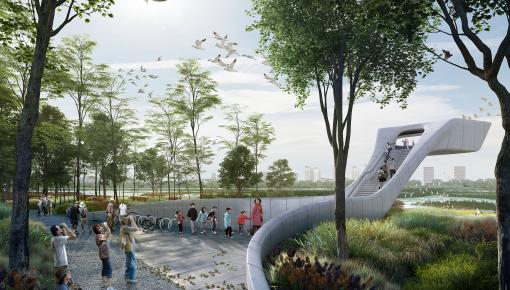
Media
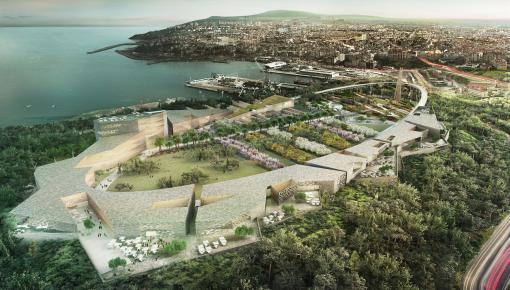
New Project
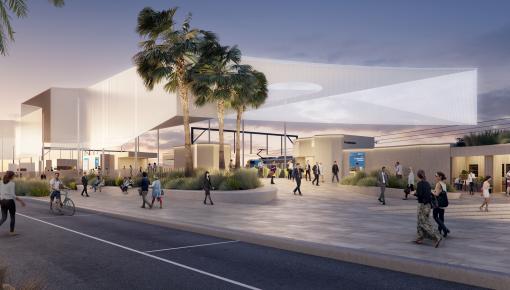
New Project
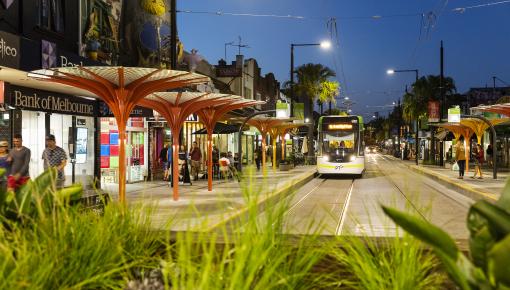
Project New Photos
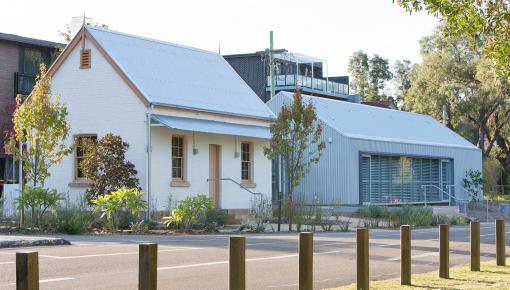
Project Opening
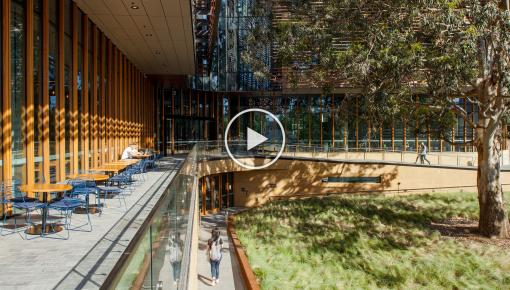
Project New Photos
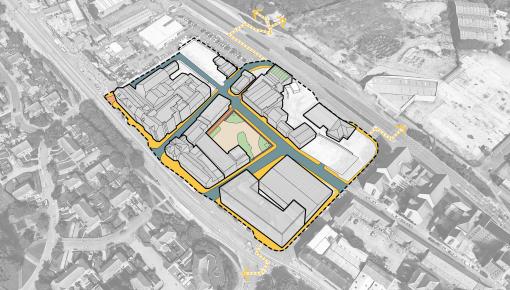
New Project
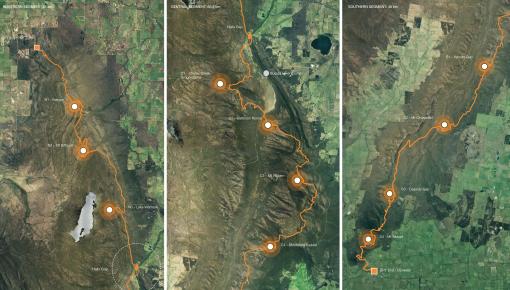
New Project
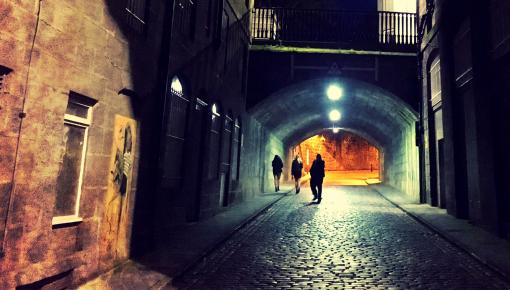
New Project
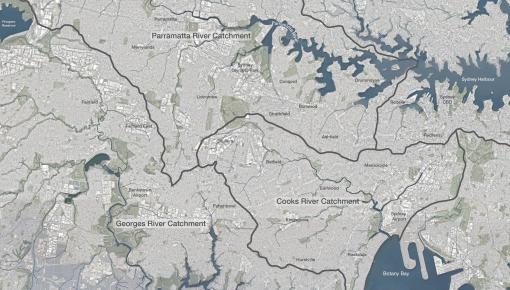
New Project
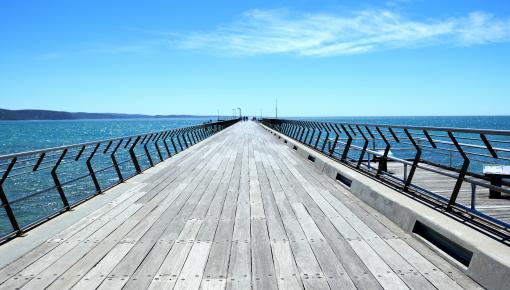
New Project
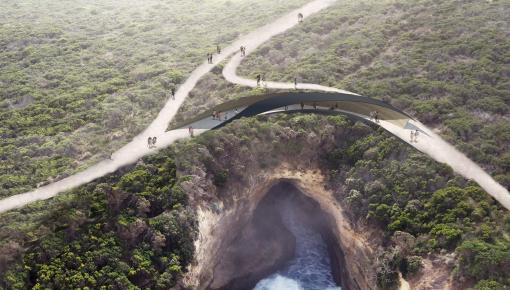
New Project
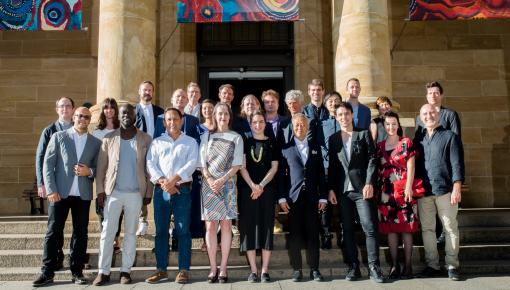
Event
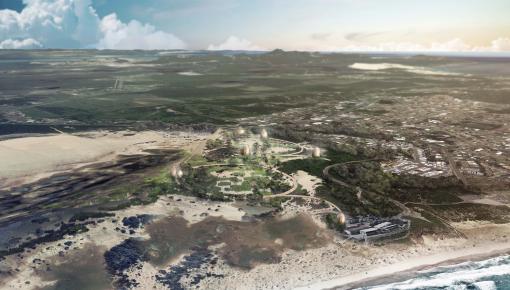
New Project
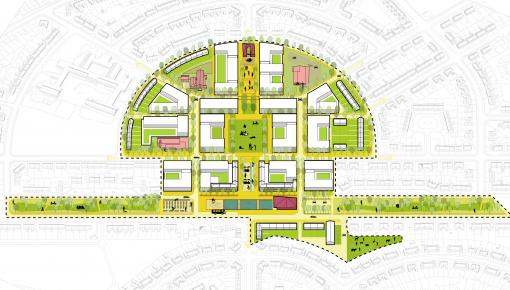
New Project
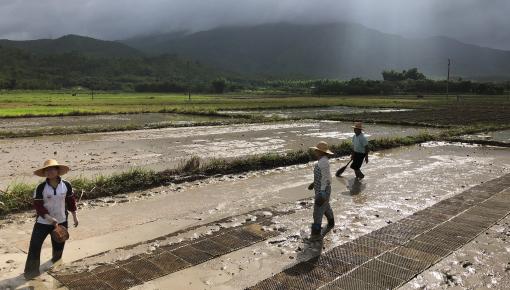
New Project
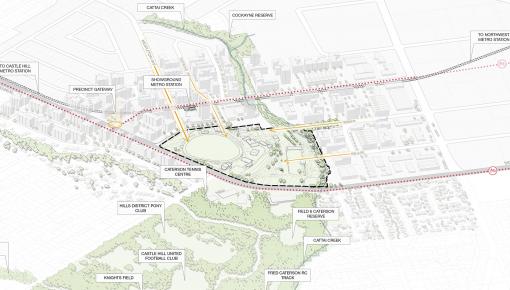
New Project
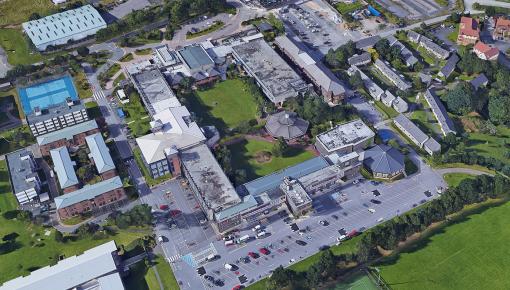
New Project
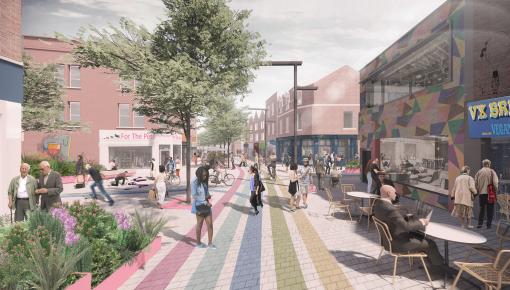
Media
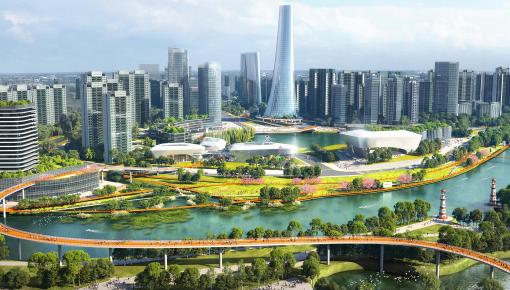
New Project
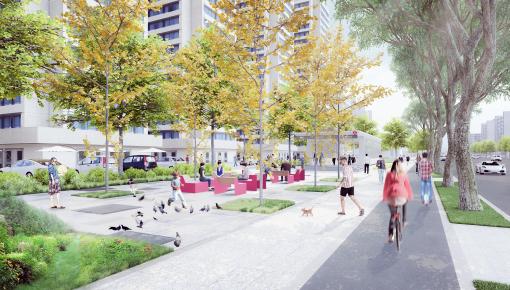
Media
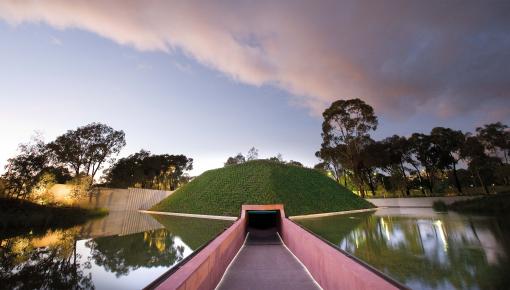
Media
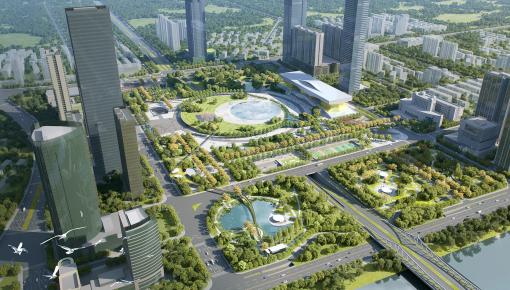
New Project
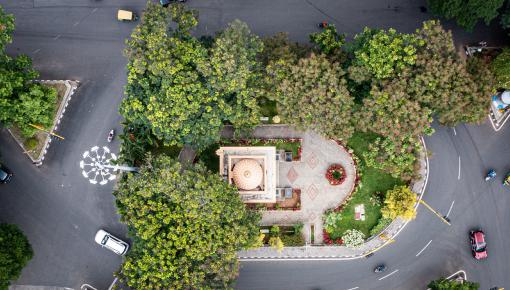
New Project
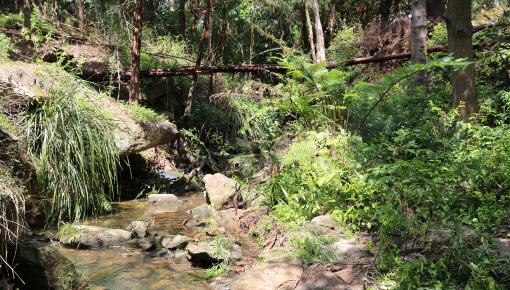
New Project
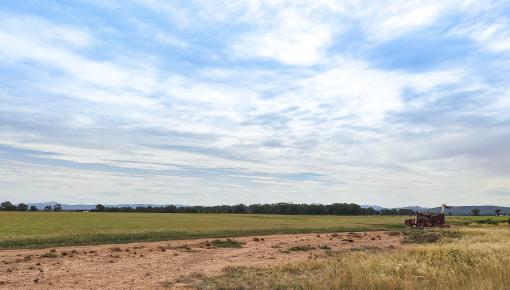
New Project
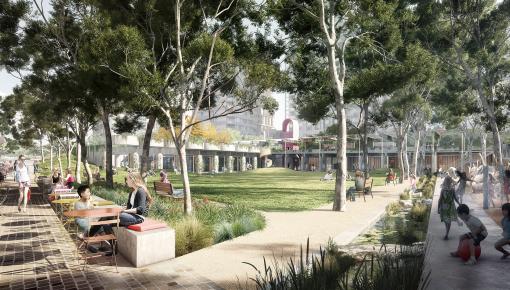
Media
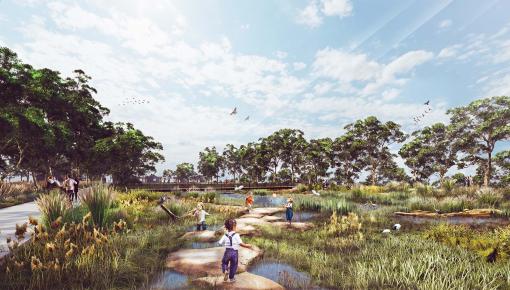
Project Milestone
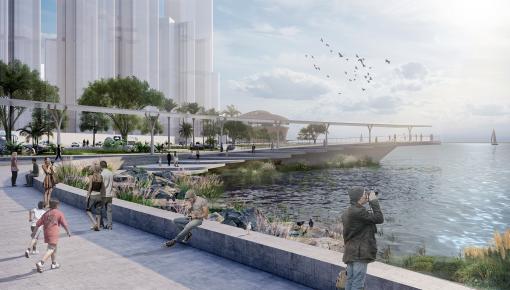
New Project
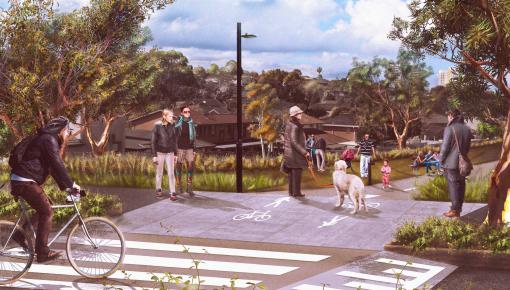
New Project
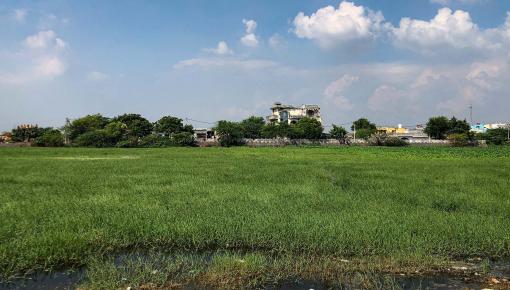
New Project
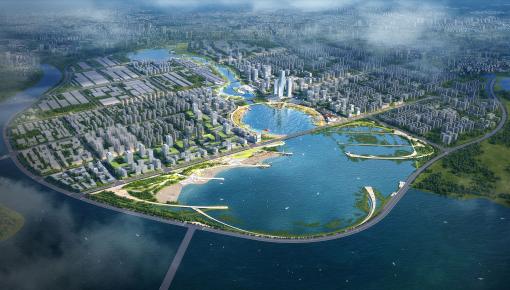
New Project
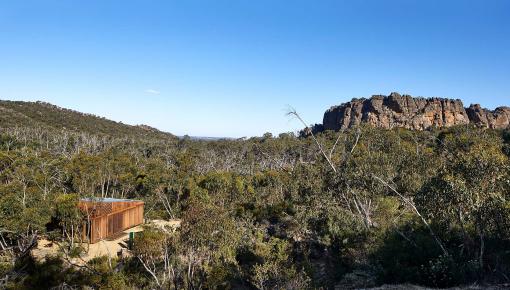
Project New Photos

New Project
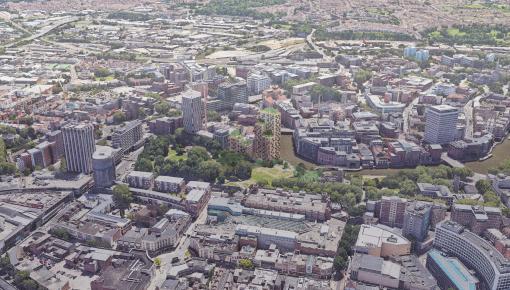
New Project
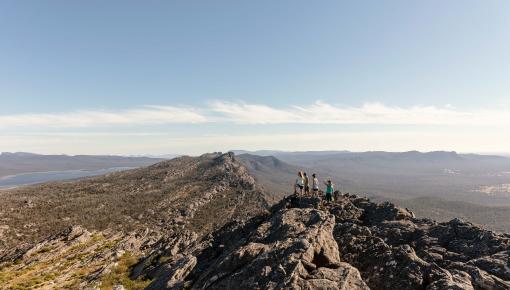
New Project
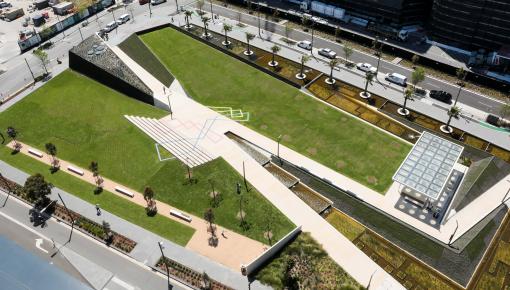
Project Opening

New Project
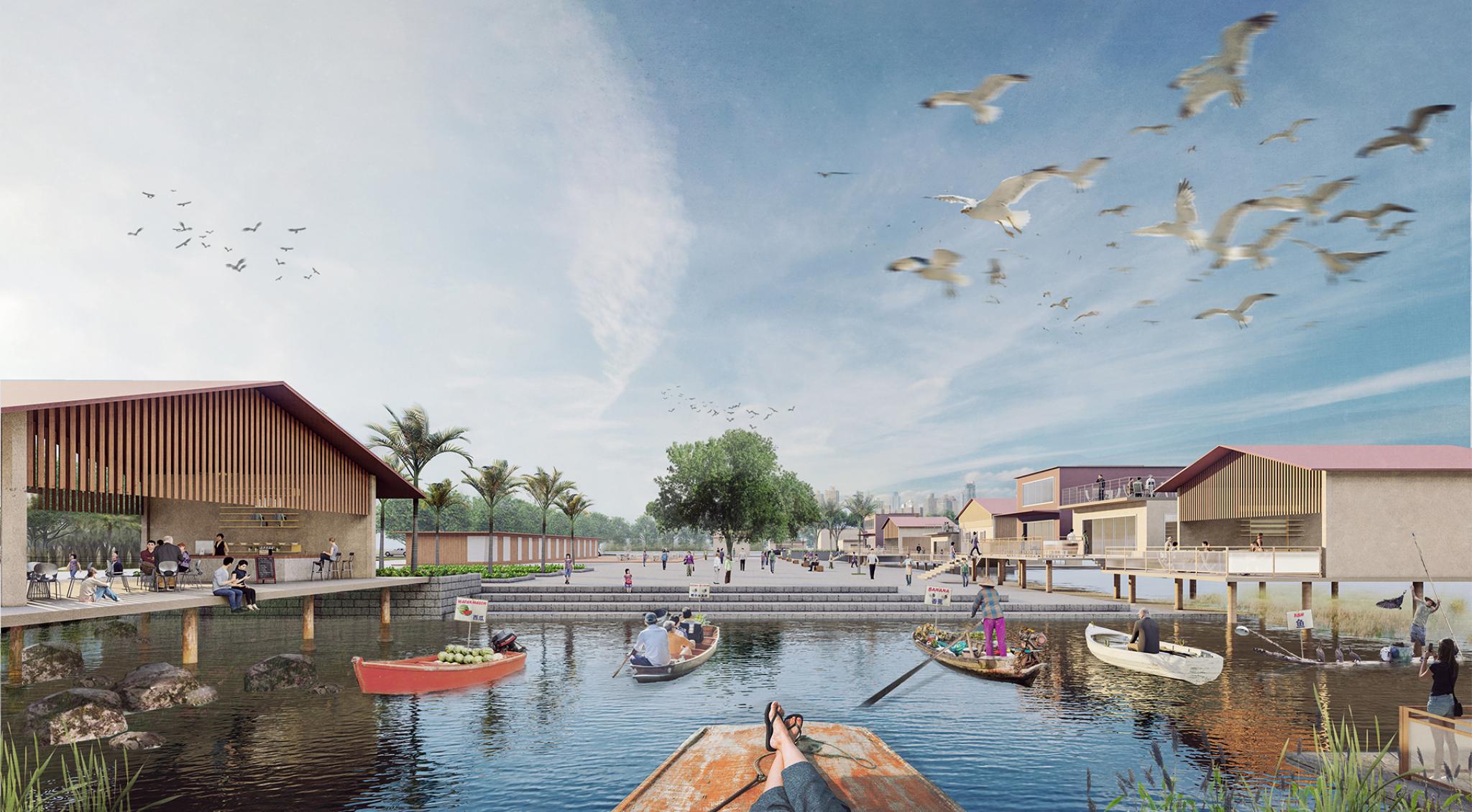
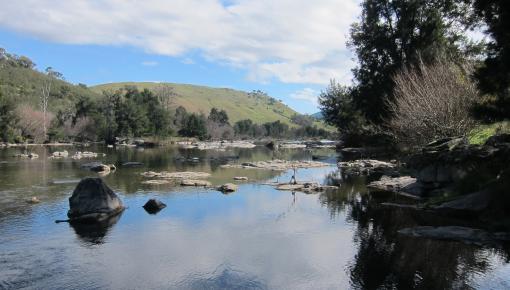
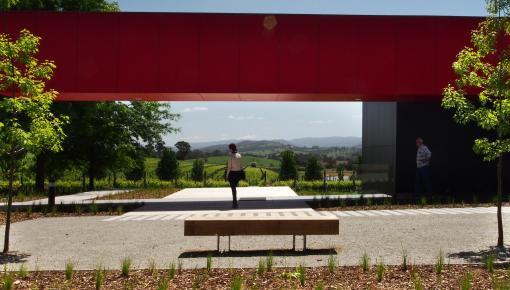
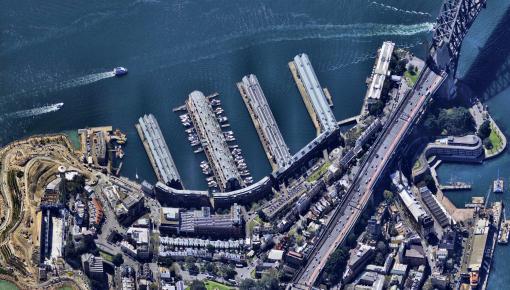
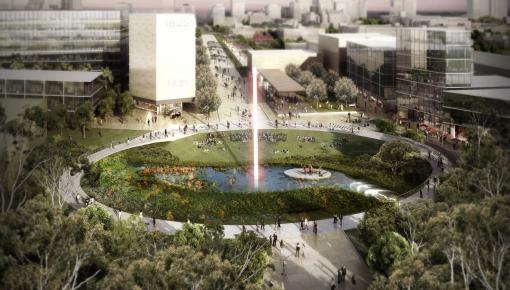
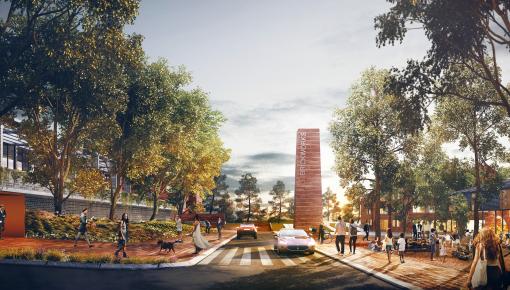
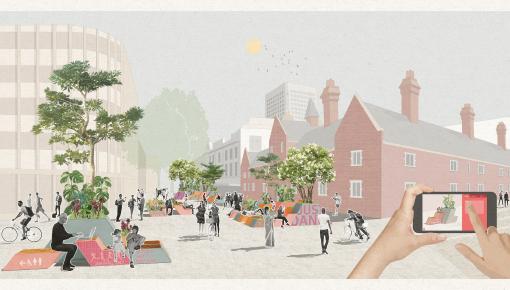
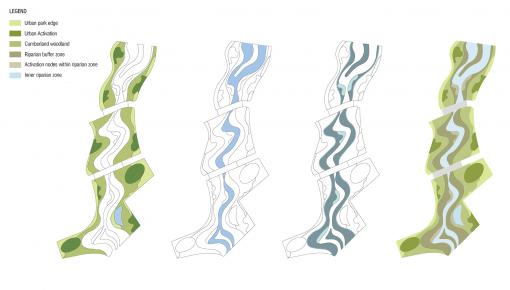
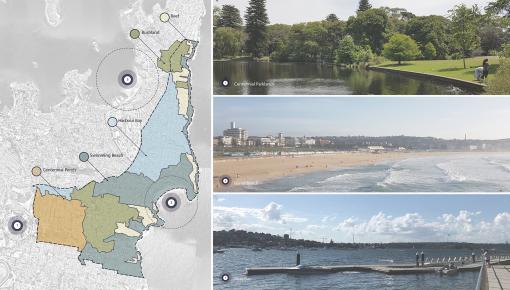
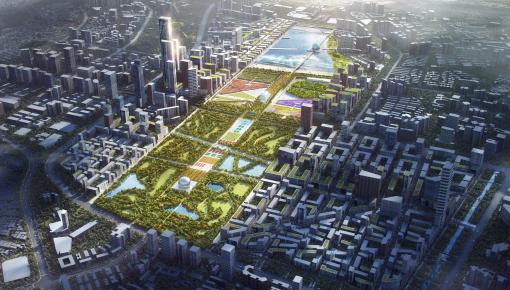
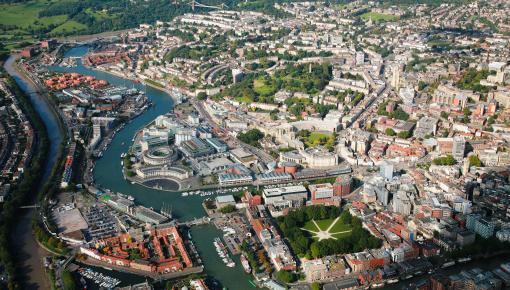

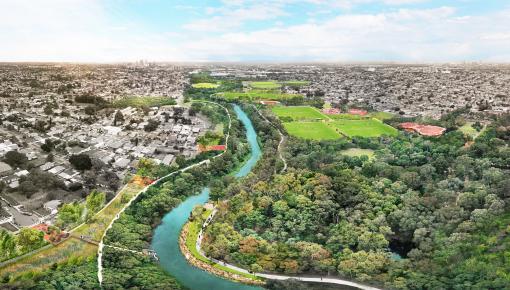
.jpg&w=510&h=290&q=100)
